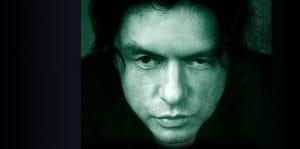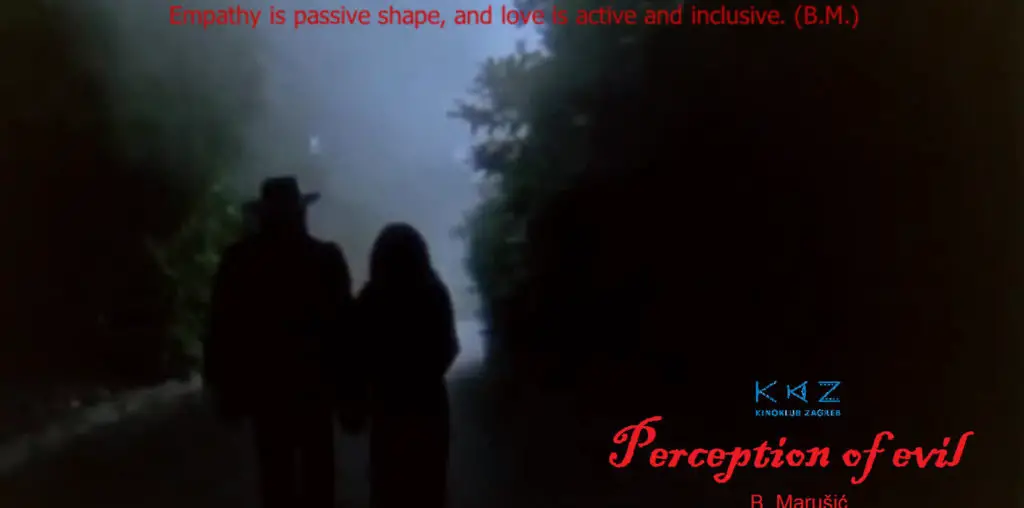
The Room is a terrible movie. I can’t imagine enjoying it as a genuine drama. Perhaps if you were tripping balls…no, it would still be awful. There’s no fixing it. When it released in 2003 one review famously said “Watching this film is like getting stabbed in the head.”
Please forgive a short digression here for the obligatory summary of the plot (none of this matters in the least): Johnny (Tommy Wiseau) is a banker in San Francisco engaged to Lisa (Juliette Danielle). Lisa gets bored with Johnny because he’s too nice to her and because he’s not moving up in the world financially and because it’s in the nearly indecipherable script. Lisa starts banging Johnny’s best friend Mark (Greg Sestero). It tears Johnny apart. Other stuff happens, some of it adds to the story, some of it so pointless as to be surreal (not to be confused with deliberate surrealism).

“…14 years later it’s still popular and is now considered a cult classic.”
It’s so bad there’s no one arguing that point in terms of the craft of filmmaking. It’s craft-less and artless. Anything fun is accidental. This isn’t Sam Raimi making a campy movie: The Room is pure unintentional camp. Somehow 14 years later it’s still popular and is now considered a cult classic.
The interesting part of the phenomenon of The Room is the question of why we’re talking about it now. How is it that it didn’t die an obscure death of a vanity run of DVD’s gathering dust in the back of a vintage store somewhere? Why was it interesting enough that co-star Sestero wrote a book about the experience of making it (The Disaster Artist) and why has James Franco now made a film based on that book?
Answer: The awfulness of the film is what people love. We have college student Michael Rousselet to blame for its popularity as an anti-film. Rousselet has a fetish for kitsch and The Room was the right kind of bad to make him laugh. He called his friends to early screenings and they gave it the full Rocky Horror Picture Show treatment, quoting lines, coming in costume, and bringing their own props. That was in 2003 and ironic showings of The Room have been happening at midnight movies and special screenings around the world ever since.

“…whatever you think of Wiseau, he has achieved the Hollywood dream pretty much in a straight line.”
On top of this cringe inducing 90 minute masterclass on how not to make a movie, the morbid curiosity is deepened by the slow-motion train wreck that is writer/director Tommy Wiseau. The Disaster Artist serves as a memoir of a man whose self confidence and tenacity are in inverse proportion to his talent. He’s as fascinating as his movie is bad.
Wiseau initially rejected the suggestion that his film worked best as a source of ridicule, but has since embraced the idea and capitalized handsomely on it. His $6 million dollar self-funded vanity project has profited over $20 million and made him famous.
Seth Rogen (who plays Sandy Schklair in The Disaster Artist: script supervisor and de-facto co-director of The Room) has a made the point that whatever you think of Wiseau, he has achieved the Hollywood dream pretty much in a straight line from inception to accomplishment, after a slight shift accepting and presenting his film as a campy joke when it started as a serious semi-autobiographical drama. Wiseau has lived what everyone in the biz hopes to.
The popularity of The Room begs the question of what the purpose of a movie is. If a film can be measured by the entertainment and joy people get from it (a fair gauge) then The Room has been a great success.

The Room (2003) Written and directed by Tommy Wiseau. Starring Tommy Wiseau, Greg Sestero, Juliette Danielle.
1 out of 10 (7 out of 10 if you bring a spoon, it’s after midnight, or when tripping balls).



[…] been called one of the most inept movies ever made, hilariously demented, and pure unintentional camp. It’s on list after list of the worst movies ever made. It’s The […]
[…] The Room […]